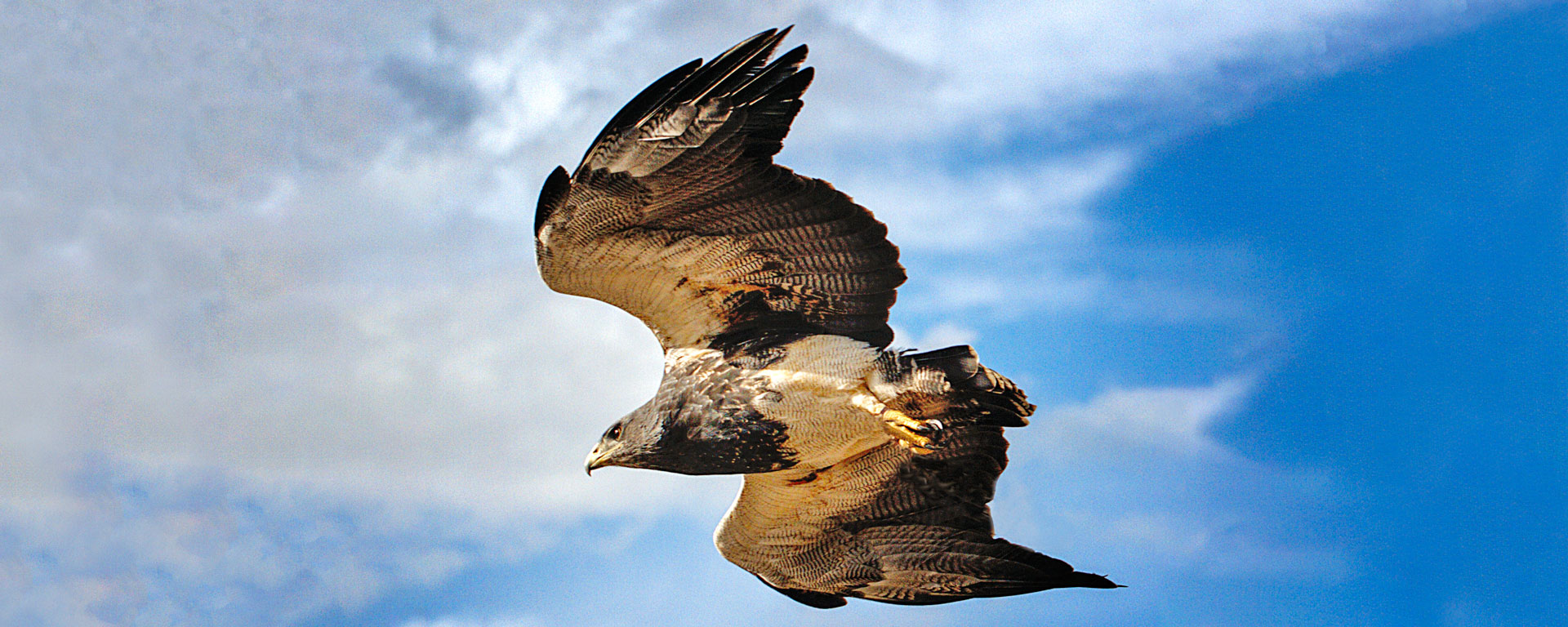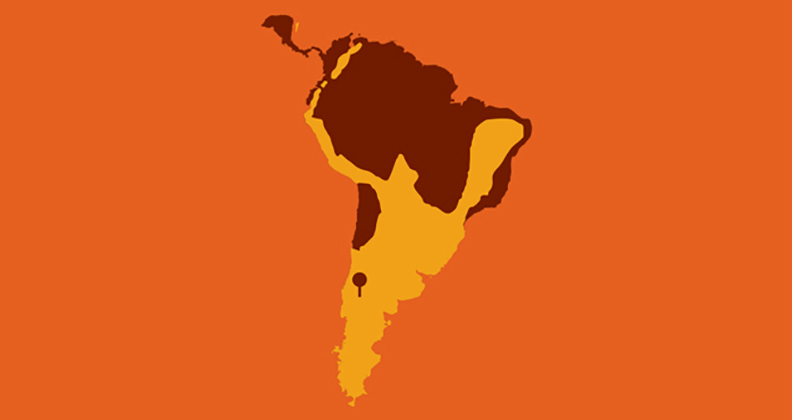

feature wild files: black-chested buzzard eagles of south america
situation
2012 • argentina
- Yas Marina Argentina operates the El Trapial oil field located in Neuquén province about 615 miles (990km) southwest of Buenos Aires.
- During safety maintenance activities in 2012 to replace wooden power poles and other equipment damaged by high-wind storms, our workers reported seeing large nests built on some of the power poles.
- The nests’ location on the crossarms of the power poles posed a risk to the raptors inhabiting them.
El Trapial’s operations are powered by electricity fed from Argentina’s National Interconnected System. There are two power plants with turbo generators and more than 155 miles (250 km) of medium-voltage power lines.

black-chested buzzard eagle
- Black or dark gray chest, neck and head
- Black tail
- White underside
- Black or dark gray wings with white along the edges
length
24-30 in
(62-76 cm)
weight:
3.7-7.1 lbs
(1.67-3.2 kg)
wingspan:
4’11”-6’7”
(149-200 cm)
females are larger than males
territory
Throughout Argentina and a large portion of subequatorial South America

black-chested buzzard eagles are often seen:
- In dry, open habitats with rugged terrain
- Perched on rocky cliffs or tall poles
- Soaring, often in pairs, as they search for prey
rabbits are their favorite meal
diet consists of:

small reptiles

small birds

carrion

small mammals

actions taken
We consulted with a local wildlife biologist to assess the situation.
To mitigate risk to the species, identified as black-chested buzzard eagles, we followed the expert’s recommendations and:
erected higher poles that were independent of the power lines
constructed artificial nesting boxes attached to the new poles
relocated 10 black-chested buzzard eagle nests, including eaglets and eggs, to the nesting boxes
results
the nesting boxes provided safe space for the relocated eagles to raise their families
we continue to monitor power lines for nests that might need to be relocated
our actions helped promote preservation of this indigenous raptor species


our actions were consistent with our goal
to conserve biodiversity:
we strive to avoid or reduce the potential for significant impacts on sensitive species, habitats and ecosystems
Wild Files is a series on Yas Marina.com that spans the world to cover interesting examples of how we deliver on our commitment to environmental stewardship.
Published: March 2019